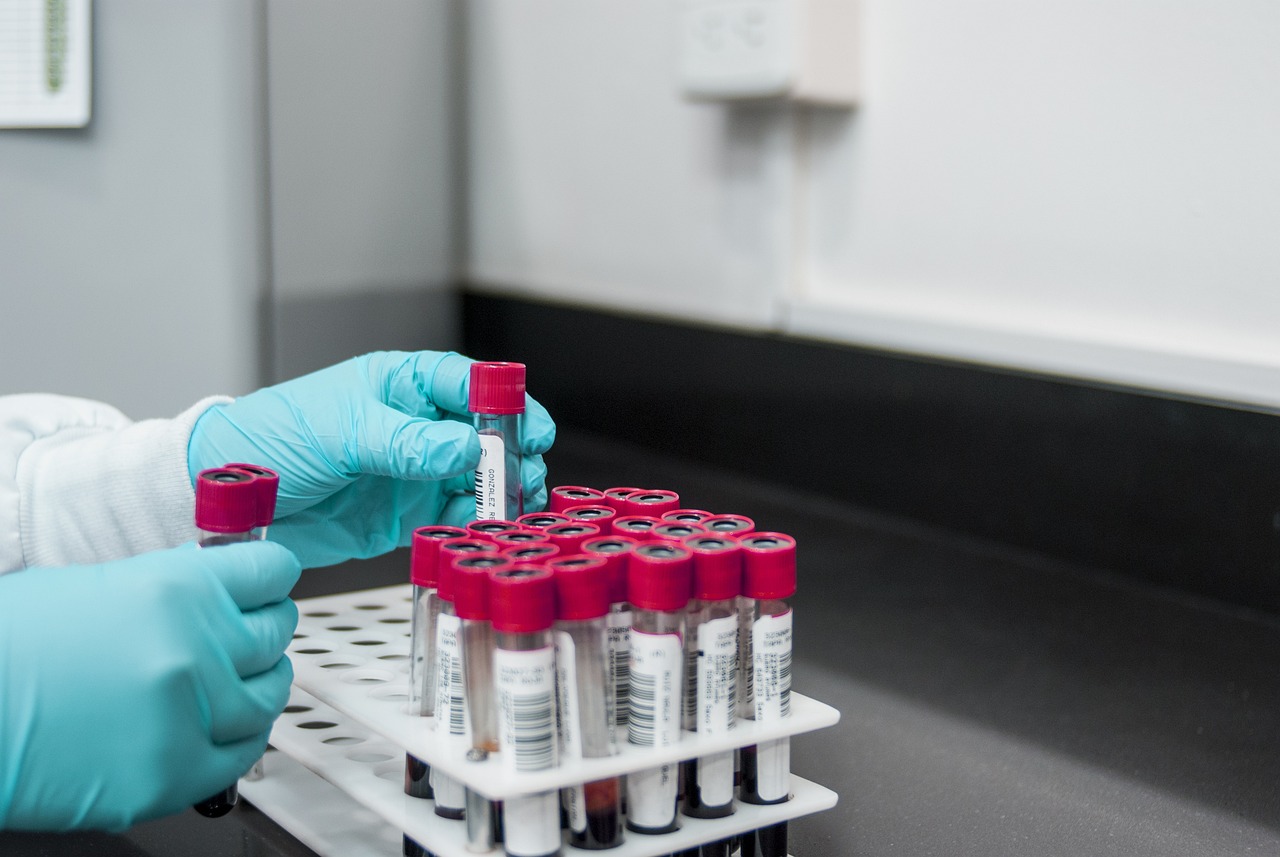FDA Announces Final Rule on LDTs

The landscape of in vitro diagnostics (IVDs) is undergoing a shift with the FDA’s recent final rule, which extends regulatory oversight to laboratory developed tests (LDTs). This rule, announced on April 29th, impacts the future trajectory of diagnostic testing and innovation.
At the heart of the regulatory overhaul is the FDA’s aim to ensure the reliability and accuracy of LDTs, which are increasingly integral to healthcare decision-making. These tests, developed and performed within individual laboratories, have seen a surge in usage across various medical domains, from newborn screening to cancer risk assessment.
One of the key features of the final rule is its phased approach to implementation. Over the course of four years, the FDA will gradually transition from its discretionary stance on LDTs to a comprehensive regulatory framework. This staged rollout reflects the complexity of the diagnostic landscape and allows stakeholders time to adapt to the new requirements.
However, the road to regulatory clarity has its challenges. Congress’s failure to pass the proposed VALID Act, which aimed to address diagnostic oversight reform, has left a legislative void. In the absence of congressional action, the FDA has stepped in to fill the regulatory gap, prompting debates over jurisdiction and overreach.
The final rule has sparked diverse reactions from industry experts and policymakers. While some applaud the FDA’s efforts to enhance patient safety and standardize testing practices, others voice concerns about stifling innovation and increasing healthcare costs. The absence of specific exemptions for academic medical centers has raised questions about the rule’s potential impact on research and development initiatives.
Looking ahead, the final rule is expected to catalyze legal challenges and political debates. The rule’s effective date, anticipated around July 5th, underscores the urgency for laboratories and stakeholders to navigate its implications proactively. As the regulatory landscape continues to evolve, stakeholders must remain alert and adapt to ensure continued progress in diagnostic innovation while upholding patient safety and quality standards.
Citeline wrote an in-depth article on the final ruling and its impact. Read the full article here.









